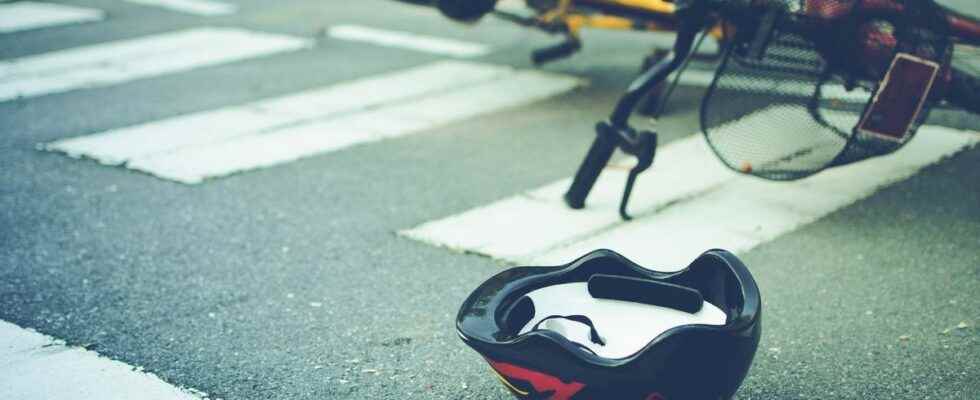Published on
Updated
Reading 1 min.
If the proliferation of cycle paths, particularly in Europe, is good news for the promotion of cycling and the reduction of CO2 emissions in the air, it also contributes to increasing the number of accidents involving cyclists. Fortunately, solutions exist, to be taken in particular when designing these tracks, as demonstrated by a recent audit carried out in the Netherlands.
Relayed by the European Cyclists’ Federation (ECF), this road safety audit shows the dangers, but also and above all the solutions put in place to remedy them.
This study was conducted in the province of North Brabant. It identifies various risks for users and lists the corrective measures to be taken before serious accidents occur. Examples of dangerous situations include imperfect connections between new and old lining, sharp curves without clearance or even situations where visibility is limited such as at the exit of a tunnel. Ditto for cycle paths crossing a road reserved for cars, which, over a few meters, can be particularly dangerous.
While some issues are easy to fix, like a fence placed too close to the edge of the track, others are harder to fix, like changing an insufficient curve radius. But, in the majority of cases, the security problems identified are very localized and relatively easy to solve.
In any case, the authorities have every reason to think carefully before construction to avoid being caught off guard too late. An audit should therefore be systematically carried out from the design stage in order to reduce hazards.
This has already been the case with two projects for cycle paths developed on the N217 roads (between ‘s-Gravendeel and Maasdam) and N226 (in the locality of Maarsbergen) where the risks were anticipated upstream, before the construction of the new infrastructures. . Two examples to follow, in the Netherlands but also elsewhere.
